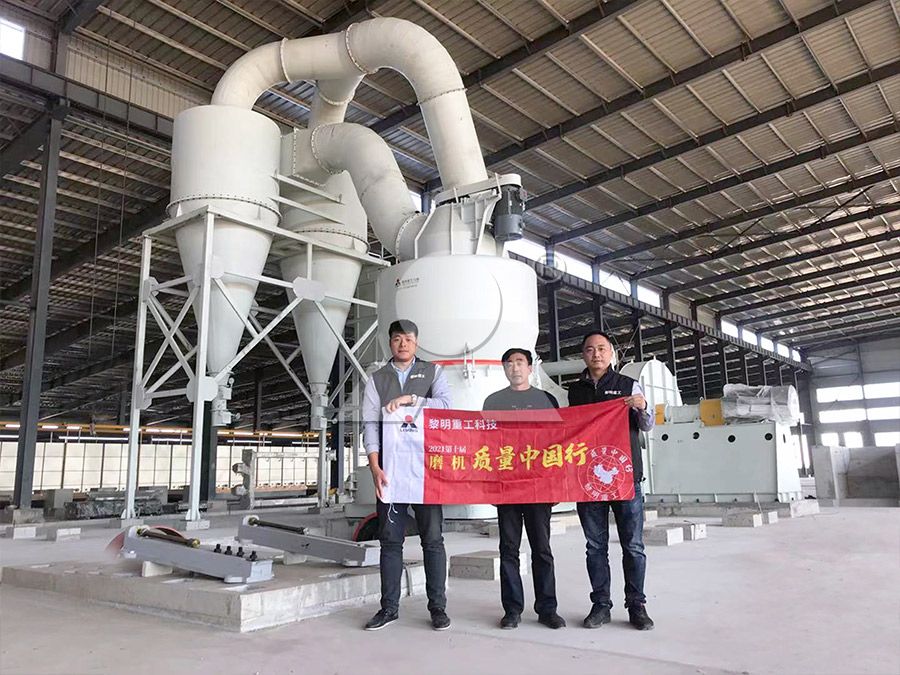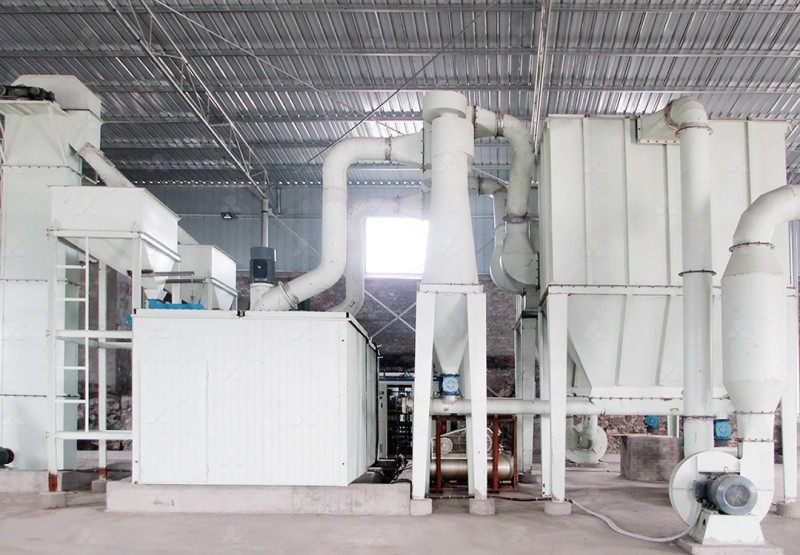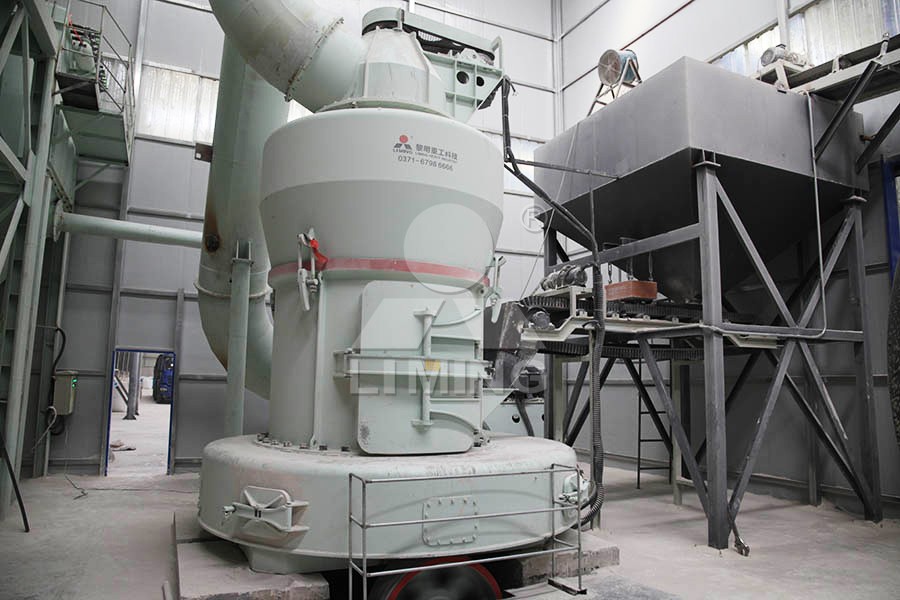Serpentine Grinding Mill Production Line Cost and Price Analysis
Serpentine Grinding Mill Production Line Cost and Price Analysis
When planning a serpentine processing operation, selecting the appropriate grinding equipment represents one of the most critical financial and operational decisions. The total cost of ownership extends far beyond the initial purchase price, encompassing energy consumption, maintenance requirements, production efficiency, and environmental compliance. This analysis examines key cost factors and highlights technological solutions that optimize return on investment.
Serpentine, a magnesium silicate mineral with variable composition, presents unique challenges in fine powder processing. Its fibrous varieties require careful handling to achieve desired fineness while maintaining operational safety. The grinding mill’s ability to handle these characteristics directly impacts both operational costs and final product quality.

Initial Investment Considerations
The capital expenditure for a serpentine grinding line includes not only the mill itself but also auxiliary equipment such as crushers, feeders, classifiers, dust collectors, and material handling systems. While ball mills traditionally offered lower upfront costs, modern vertical grinding systems provide superior long-term value through significantly reduced operational expenses.
Plant configuration plays a substantial role in initial investment. Integrated systems that combine multiple processing stages typically require less floor space and reduce material transfer costs. The trend toward compact, vertically structured mills has demonstrated 30-50% space savings compared to traditional horizontal arrangements.
Operational Cost Drivers
Energy consumption represents the single largest ongoing expense in serpentine grinding operations. Traditional ball mills typically operate at 25-35% energy efficiency, with substantial power lost to heat and noise generation. Advanced grinding technologies have dramatically improved this metric, with some systems achieving 40-50% reduction in specific energy consumption per ton of processed material.
Maintenance and wear part replacement constitute another significant cost category. The abrasive nature of serpentine accelerates component degradation in conventional mills. Equipment designs that minimize metal-to-metal contact and incorporate specialized wear-resistant alloys can extend service intervals by 1.7-2.5 times, substantially reducing downtime and replacement part costs.

Technology Solutions for Cost Optimization
For operations requiring ultra-fine serpentine powders between 325-2500 meshes, the MW Ultrafine Grinding Mill presents an compelling solution. With an input size capacity of 0-20 mm and throughput ranging from 0.5-25 tph, this system delivers exceptional value through multiple engineered advantages:
The MW series incorporates German-derived cage-type powder selector technology that enables precise fineness adjustment while maintaining high screening efficiency. Its unique grinding chamber design eliminates rolling bearings and screws in critical areas, preventing common failure points that plague conventional designs. The integrated pulse dust collection system ensures environmental compliance without additional capital investment.
Compared to jet mills and stirred grinding mills, the MW Ultrafine Grinding Mill achieves 40% higher production capacity at equivalent fineness and power levels. When benchmarked against ball mills, the throughput advantage reaches 100% with system energy consumption reduced to just 30% of jet mill operations.
Environmental Compliance Costs
Modern grinding operations must account for environmental protection measures, which can add 15-25% to equipment costs in conventional systems. Advanced mills with integrated dust collection and noise suppression technologies internalize these expenses while providing operational benefits. The MW Ultrafine Grinding Mill’s efficient pulse dust collector and muffler system eliminates separate environmental control investments while maintaining workplace safety standards.

Total Cost of Ownership Analysis
When evaluating serpentine grinding solutions, a comprehensive TCO assessment typically reveals that equipment representing 60-70% of the initial investment accounts for only 20-25% of five-year operational costs. The remaining expenses stem from energy (45-55%), maintenance (15-20%), and environmental compliance (10-15%). Technologies that address these ongoing costs deliver substantially better long-term value, even with higher initial price points.
The automation level of modern grinding systems also impacts labor costs. PLC-controlled mills with remote monitoring capabilities can reduce operational staffing requirements by 30-40% while improving consistency and reducing human error.
Frequently Asked Questions
What is the typical payback period for upgrading to advanced grinding technology?
Most operations recoup their investment in 18-36 months through energy savings, reduced maintenance costs, and increased production capacity. The exact timeframe depends on local electricity rates, production volume, and previous equipment efficiency.
How does serpentine moisture content affect grinding mill selection?
Higher moisture materials require mills with integrated drying capabilities. Vertical grinding mills with hot air systems can handle moisture contents up to 10-15% without pre-drying, reducing processing steps and associated costs.
What fineness range can be achieved with modern serpentine grinding mills?
Advanced systems like the MW Ultrafine Grinding Mill can produce powders from 325 to 2500 meshes (d97≤5μm), covering most industrial applications from fillers to specialized chemical processes.
How important is after-sales support in grinding mill operations?
Critical. Manufacturers offering comprehensive technical services and genuine spare parts ensure operational continuity. LIMING’s worry-free operation commitment includes original spare parts supply and technical support to maximize equipment uptime.
